| Name |
Ketoprofen |
CAS No.: 22071-15-4 |
| TEST ITEM |
SPECIFICATIONS |
TEST RESULTS |
| Appearance |
White crystalline powder |
White crystalline powder |
| Identification |
Infrared Absorption |
Compares with Authentic
Spectrum (KBr) |
|
Ultraviolet Absorption |
Spectrum |
| Melting range |
92.0ºC – 97.0ºC |
92.4ºC – 93.5ºC |
| Specific rotation |
-1° – +1° |
0.000° |
| Loss on drying |
≤0.5% |
0.11% |
| Residue on Ignition |
≤0.2% |
0.05% |
| Heavy metals |
≤0.002% |
Conform |
| Individual Impurity |
≤0.2% |
0.07% |
| Total Impurities |
≤1.0% |
0.28% |
| Assay |
98.5% – 101.0% |
99.32% |
| Conclusion |
The above product complies with the standard of USP37 |
|
. Descriptions:
Ketoprofen, (RS)2-(3-benzoylphenyl)-propionic acid (chemical formula C16H14O3) is one of the propionic acid class of nonsteroidal anti-inflammatory drugs (NSAID) with analgesic and antipyretic effects.[1] It acts by inhibiting the body’s production of prostaglandin.
Applications:
Ketoprofen should not be used in combination with other NSAIDs or corticosteroids, as this increases the risk of gastrointestinal (GI) ulceration. It should also be used with caution with other anticoagulants. It is commonly used with omeprazole, sucralfate, and cimetidine to help protect the GI tract.






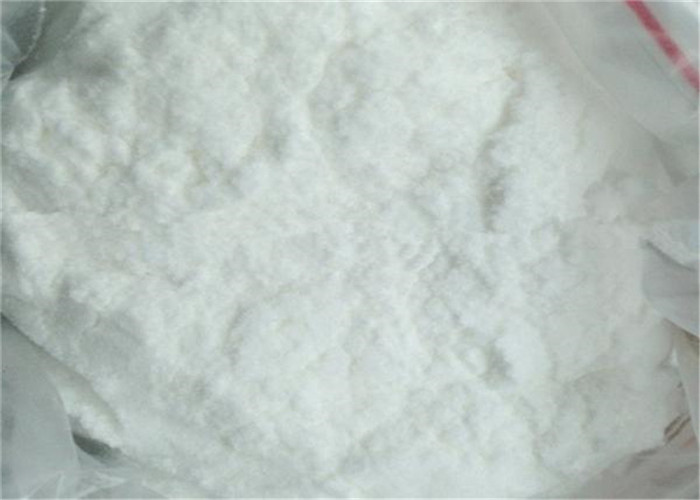
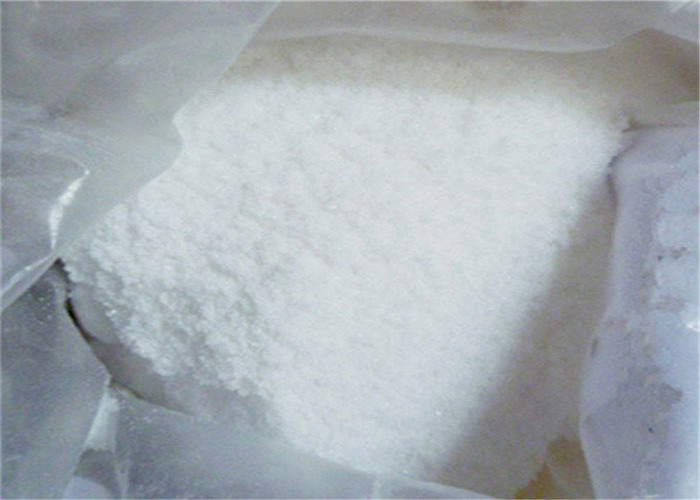
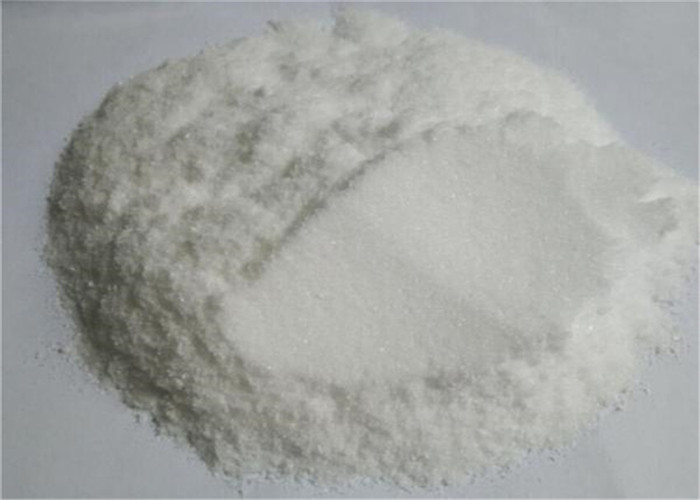
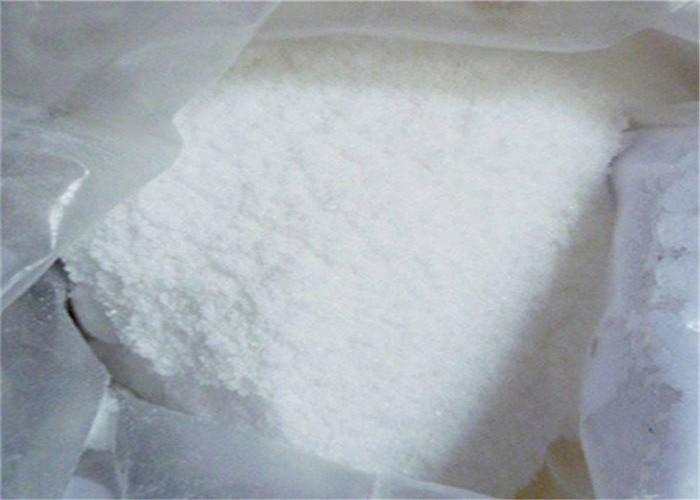
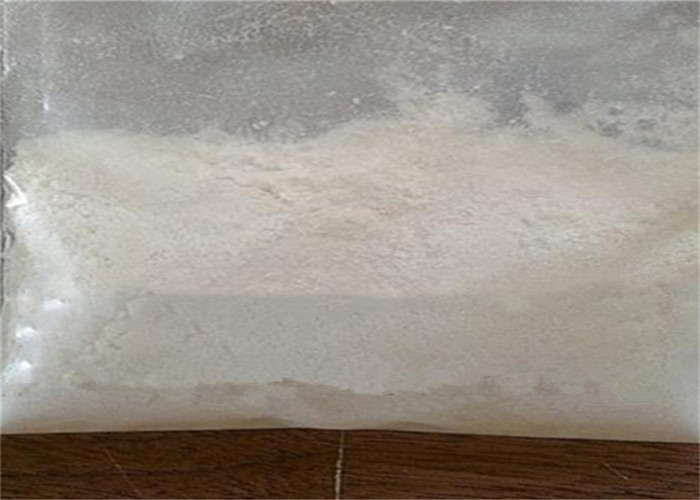
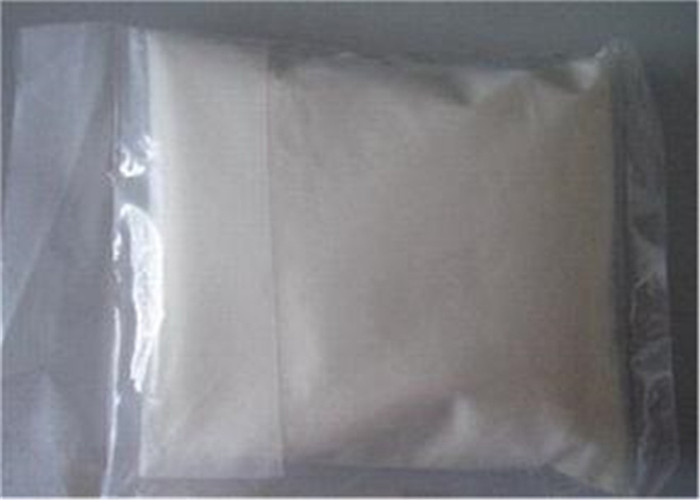



 Sales Manager
Sales Manager